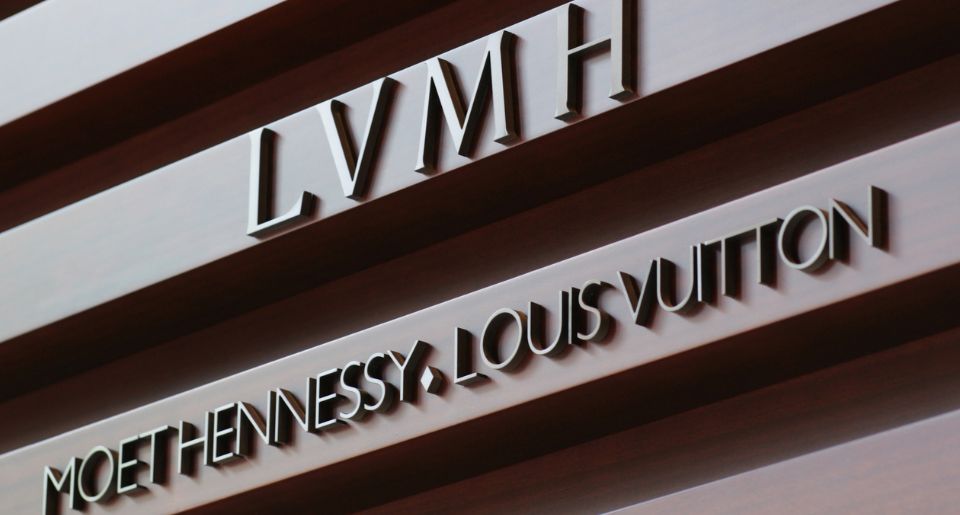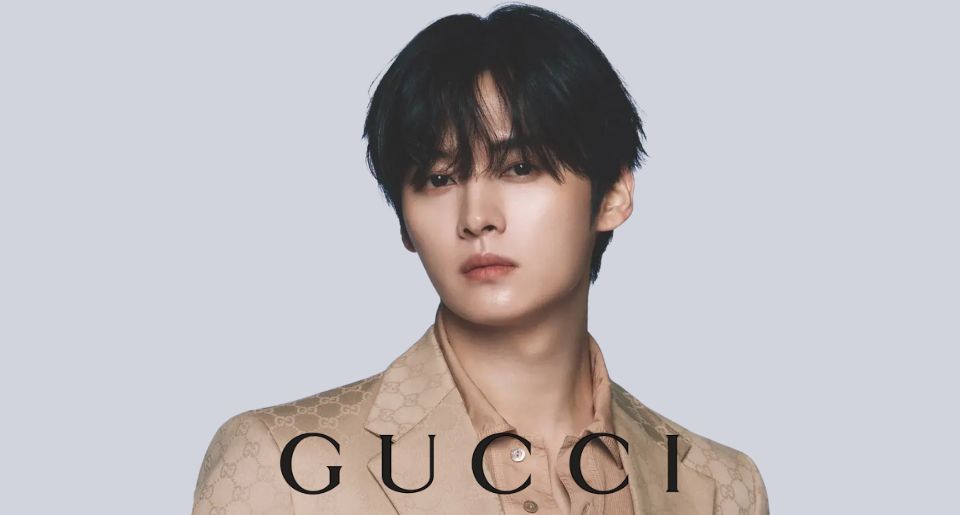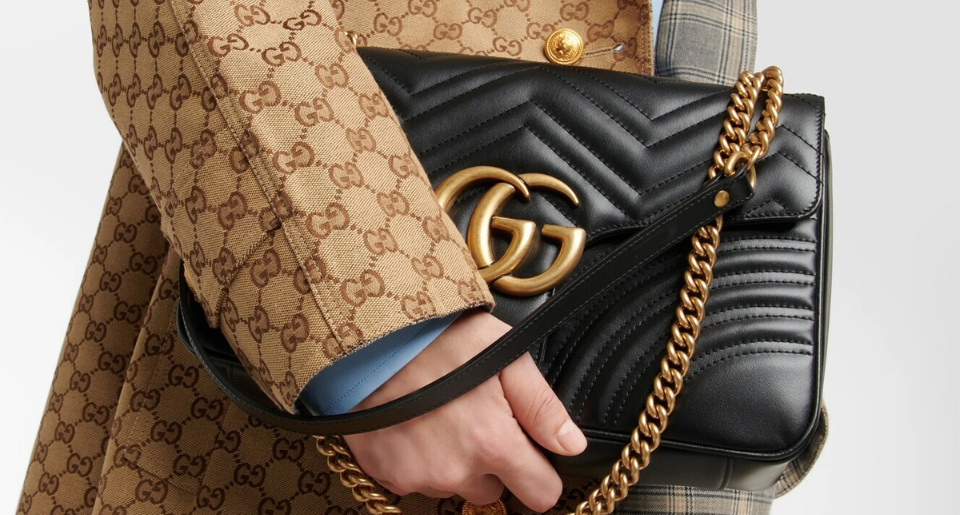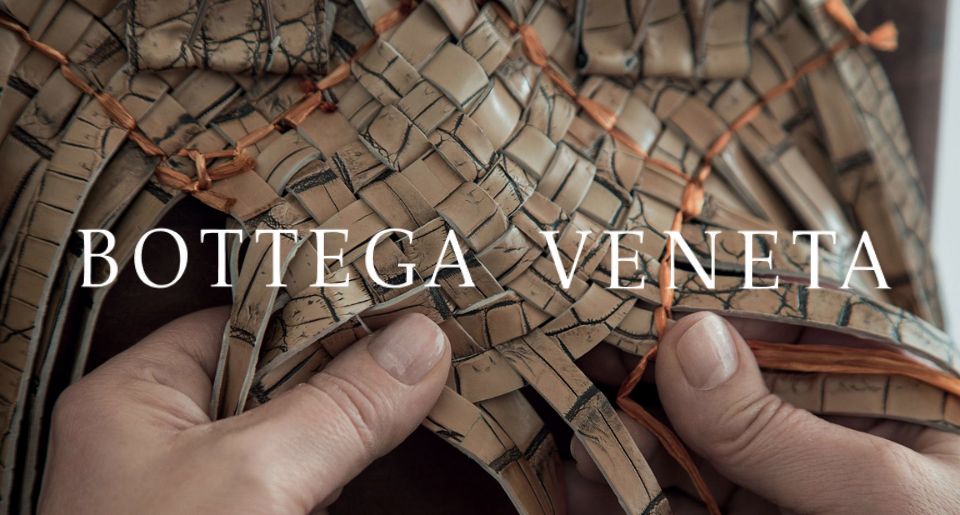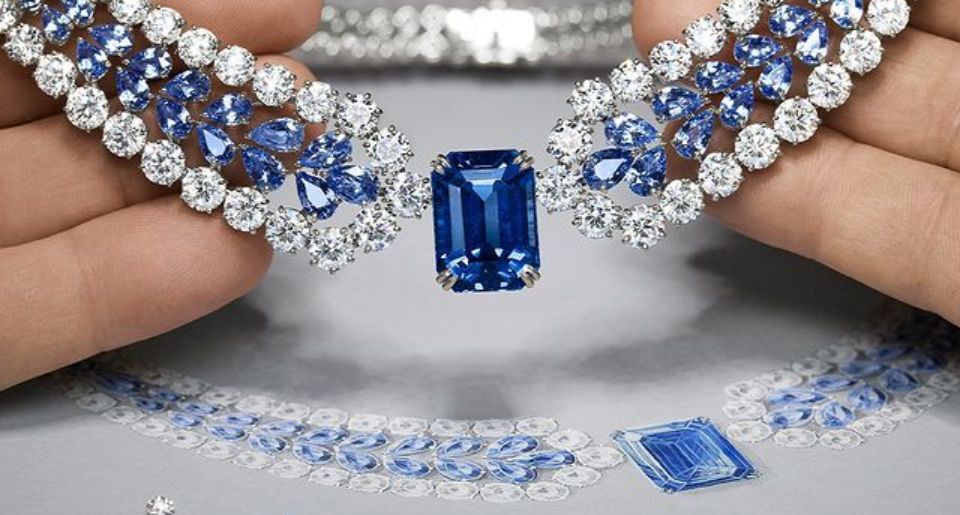(Photo courtesy of Monochrome)
Contents
- The Birth of LVMH Group
- Fashion & Leather Goods
- Watches & Jewelry
- Fragrance & Cosmetics
- Wines & Spirits: Heritage and Exclusivity in Every Bottle
- Selective Retailing
- Other Activities
- How LVMH Unites Diverse Brands Without Diluting Identity
- Rolex Out, LVMH In
- The Resale Market Is Reshaping the LVMH Story
- About The Writer
LVMH Moët Hennessy Louis Vuitton SE stands as one of the world's largest luxury conglomerates and one of the biggest companies worldwide, encompassing 75 prestigious brands across six sectors: Fashion & Leather Goods, Wines & Spirits, Perfumes & Cosmetics, Watches & Jewelry, Selective Retailing, and Other Activities.
LVMH proudly calls itself “the world’s leading luxury products group”—and the numbers back it up. In 2024 alone, the company pulled in €84.7 billion in revenue, supported by a sprawling retail network of more than 6,300 stores across the globe.
With fashion legends like Louis Vuitton and Fendi, exquisite jewelry and watches from Bulgari and TAG Heuer, fragrance powerhouses like Parfums Christian Dior, and retail leaders like Sephora—not to mention its recent role as Global Luxury Partner of Formula 1—LVMH continues to grow its influence with every passing year.
From a business standpoint, it’s becoming increasingly clear that LVMH is doing something exceptionally right. But what exactly is the secret behind its monumental success? A closer look at the Group’s history and ever-expanding empire just might hold the answer.
The Birth of LVMH Group
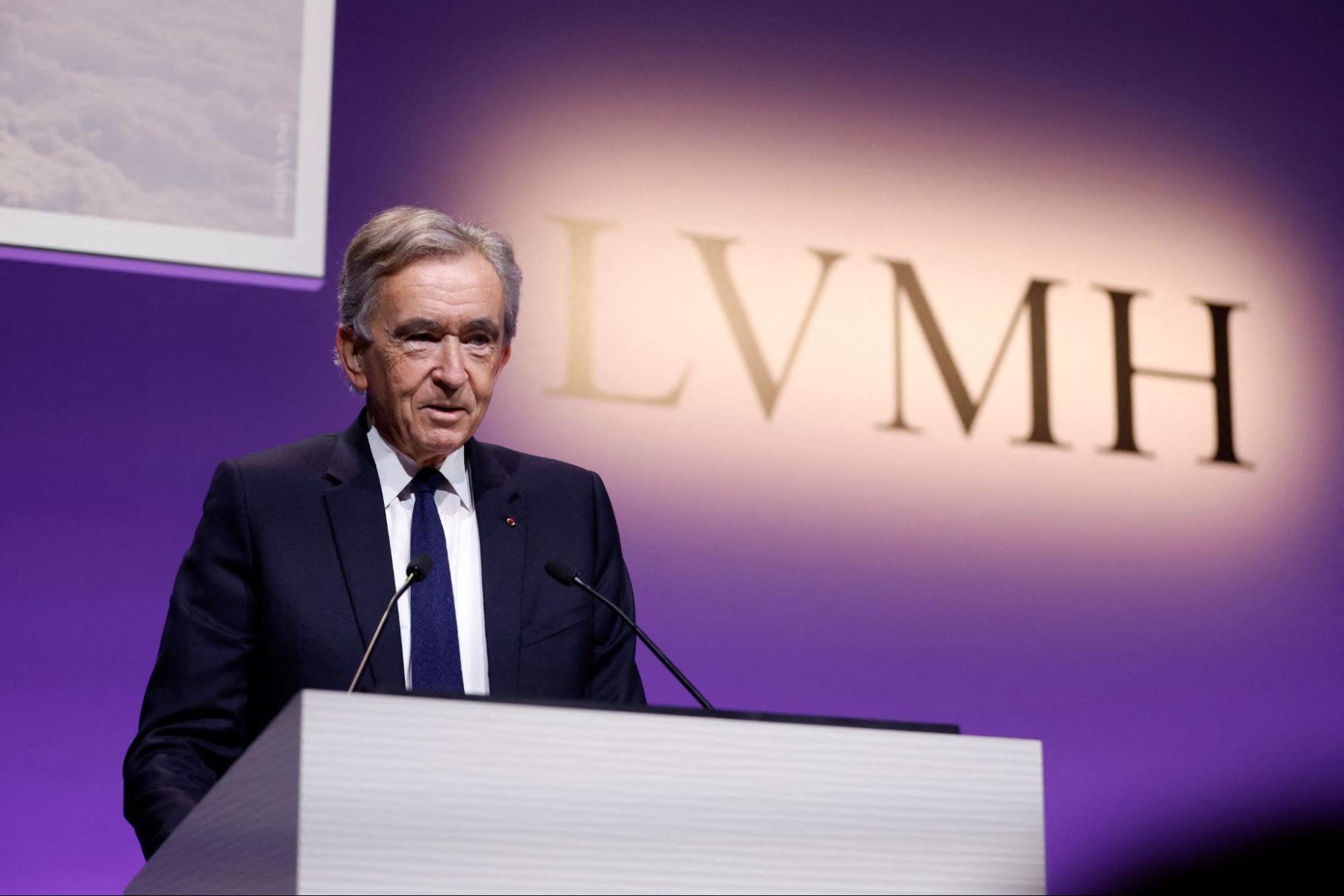
(Photo courtesy of The Beauty Business Magazine)
The creation of LVMH in 1987 (born from the merger of Moët Hennessy and Louis Vuitton) set the stage for a new era in luxury. At its inception, the Group operated with 10 Maisons, 12,000 employees, and annual sales of €3 billion.
Since stepping in as leader and primary shareholder in 1989, Bernard Arnault has guided LVMH with one goal: turning the conglomerate into a luxury powerhouse unlike any other.
Louis Vuitton has been under the strategic direction of Chairman and CEO Bernard Arnault since 1989. After acquiring a controlling stake, Arnault initiated an aggressive and highly effective acquisition campaign, dramatically expanding LVMH’s portfolio with numerous prestigious brands over the subsequent decades.
This targeted strategy—focusing on acquiring diverse luxury houses across various sectors—has proven remarkably successful. In 2024 alone, LVMH achieved impressive financial results, reporting revenues of €84.7 billion and a robust net profit of €12.6 billion. By early 2025, the conglomerate’s market capitalization had reached an impressive $363.46 billion.
From its inception, LVMH adopted a strategic approach centered around acquiring prestigious heritage brands rather than building them from the ground up.
By harnessing each maison's unique expertise, traditional craftsmanship, and creative ingenuity, the conglomerate has consistently projected French luxury onto the global stage. This carefully curated strategy has transformed LVMH into the quintessential emblem of French sophistication, quality, and innovation.
Fashion & Leather Goods
Few can rival the level of exclusivity that defines LVMH’s fashion and leather goods brands—and Louis Vuitton is just one of the powerhouses in the mix.
Louis Vuitton
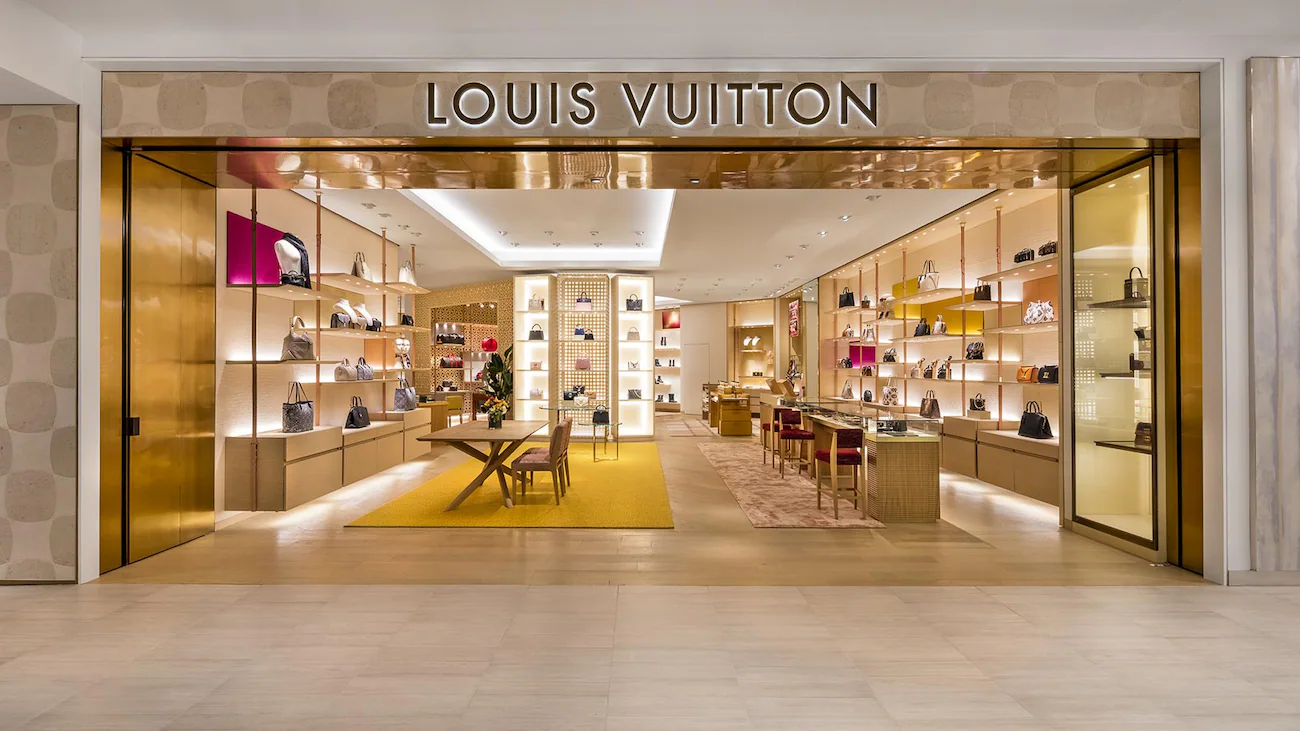
(Photo courtesy of Louis Vuitton)
Ever since it became the crown jewel of the leather goods division in 1987, the brand has kept building on a legacy that started back in 1854 when Louis Vuitton himself opened his first shop in Paris.
From legendary trunks and instantly recognizable monogram bags to show-stopping runway looks and finely crafted jewelry, Louis Vuitton has become more than a label; it’s an entire luxury lifestyle for many.
When a brand earns the kind of fierce loyalty and worldwide prestige Louis Vuitton has, it’s no surprise that the who's who of fashion royalty—Audrey Hepburn, Catherine Deneuve, Kim Kardashian, Rihanna, the Beckhams, the Hadids, and more—have all embraced it. These days, it feels like the real question is: who hasn’t?
Dior
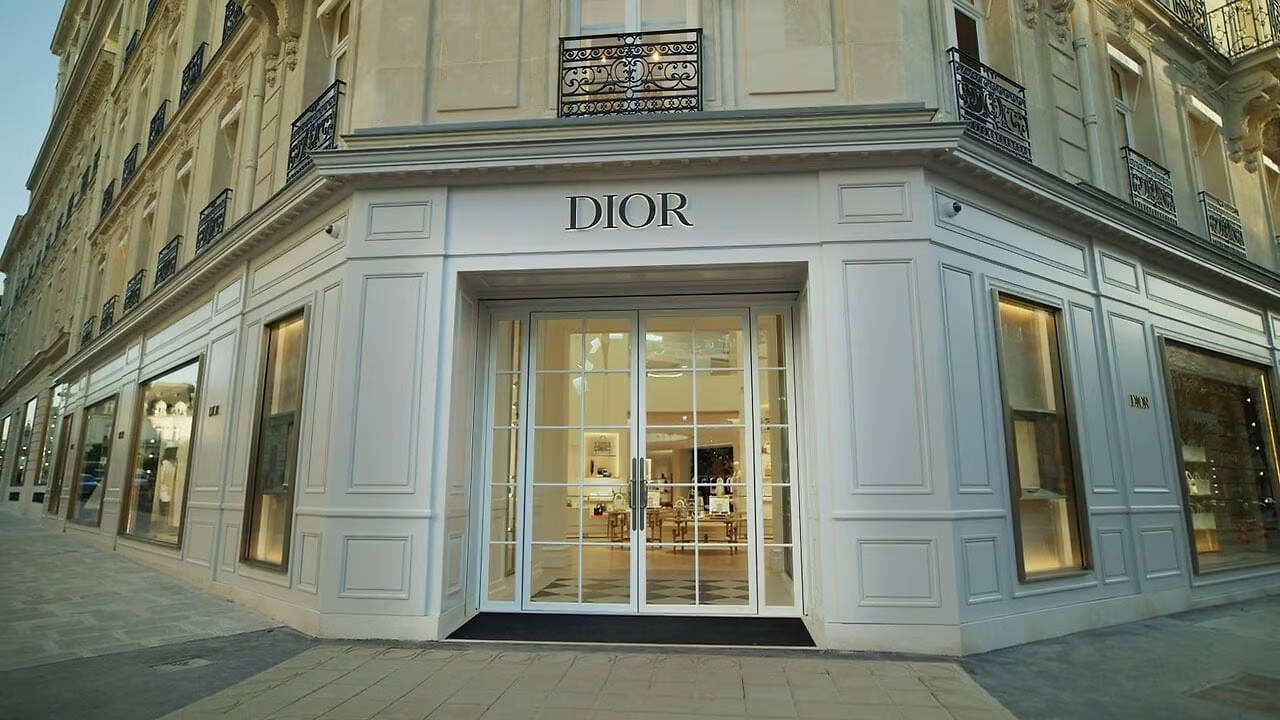
(Photo courtesy of Dior)
Fashion was never the same after the House of Christian Dior was born in 1946.
LVMH’s luxury powerhouse lineup includes Christian Dior Couture, the prestigious Maison that has defined Parisian luxury and innovation since its founding by the legendary French couturier.
It was in 1947 that Christian Dior introduced the “New Look” with his inaugural collection, instantly becoming a defining force in twentieth-century couture. The silhouette—rounded shoulders, a cinched waist, and an exaggerated full skirt—celebrated an unapologetically feminine ideal.
Despite the popularity of the New Look, Coco Chanel bristled at Dior’s revival of such overt femininity, famously quipping, “Dior doesn't dress women, he upholsters them.”
Chanel was unimpressed, but many were utterly enchanted by Dior’s romantic vision of fashion, as he put it, “Fabric is the sole vehicle of our dreams (…). Fashion, in sum, comes from a dream, and dreaming is an escape.”
Today, that legacy lives on through a global presence of over 280 boutiques around the world, each one carrying his original vision into the modern era.
Dior has cemented its place as one of the most desirable fashion houses in the 21st century, balancing heritage and innovation with pieces like the Lady Dior and its bold Air Dior collaboration with Jordan. The rebellious energy first seen in the New Look remains central, driven by Creative Directors who bring the House’s legacy to life with signature savoir-faire.
Fendi
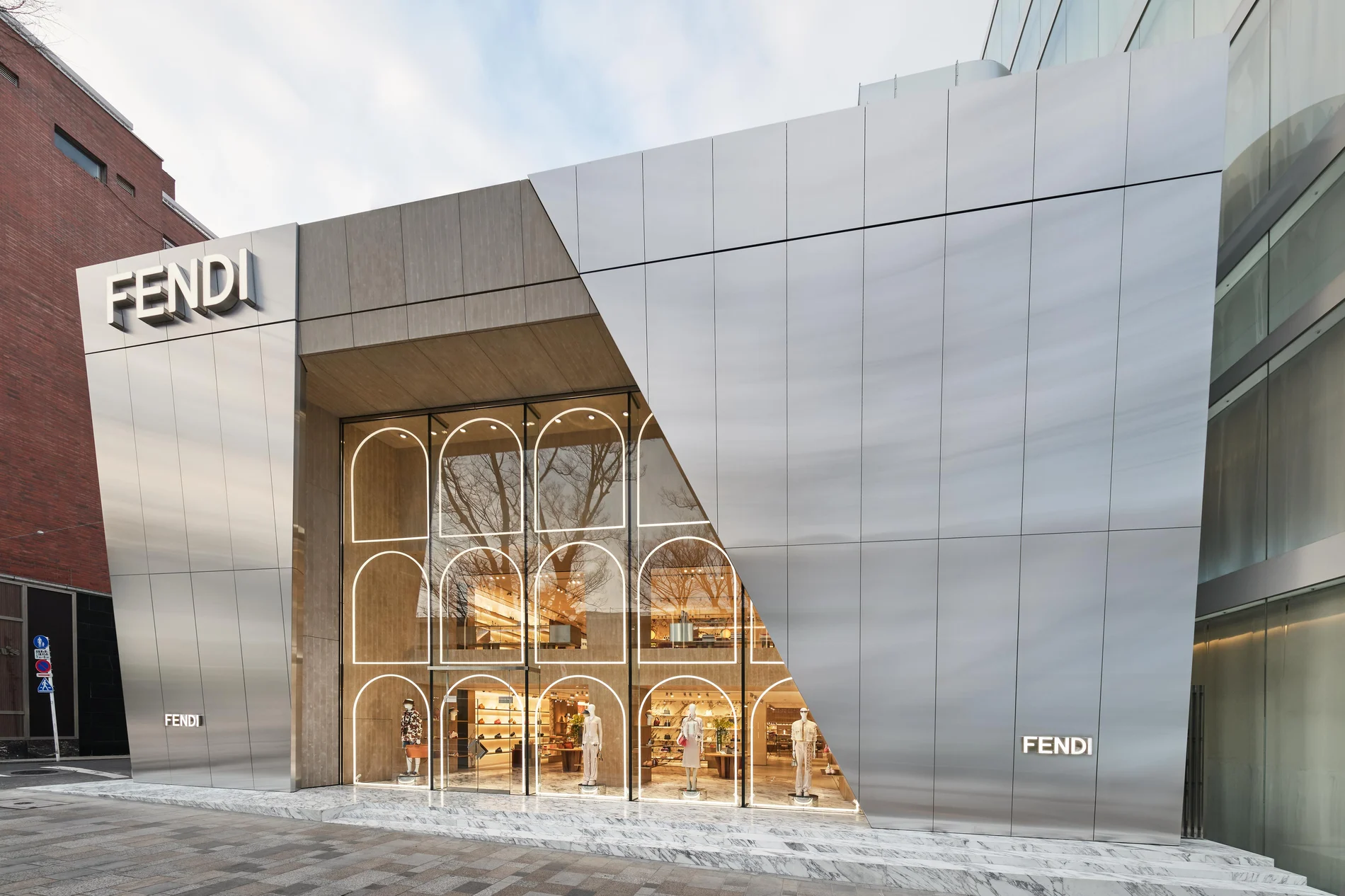
(Photo courtesy of Fendi)
Fendi adds a much-needed Italian character to LVMH’s roster.
The Fendi Maison was established in Rome in 1925 by Adele and Edoardo Fendi and quickly rose to international fame. Driven by the creative force of the five Fendi sisters, the House began a historic collaboration with Karl Lagerfeld in 1965—one that spanned 54 years. In 1992, Silvia Venturini Fendi joined the artistic team, later taking the lead on Accessories in 1994 and eventually adding Men’s wear to her portfolio.
In 2000, LVMH acquired Fendi and became its majority shareholder the following year. Kim Jones stepped into the role of Artistic Director of Couture and Women's Wear in 2020, continuing until 2024. That same year, Delfina Delettrez Fendi, part of the brand’s founding family, was named Artistic Director of Jewellery.
In our modern era, Fendi’s reputation for craftsmanship, innovation, and ultra-luxurious materials shines brightest in its crowd-pleasers—the Baguette and Peekaboo—designed by Silvia Venturini Fendi in 1997 and 2008, respectively.
Watches & Jewelry
The watches and jewelry under LVMH’s umbrella are diverse, iconic, and undeniably exquisite.
TAG Heuer

(Photo courtesy of TAG Heuer)
Now part of the LVMH family, TAG Heuer carries a name that fuses “Techniques d’Avant Garde” with the heritage of its founder, Heuer. Established in 1860, the brand has spent decades leading the way in Swiss watchmaking, particularly in the field of automatic movement design and performance.
TAG Heuer has long been linked to motorsports and sporting achievement, now elevated further as the official timekeeper of Formula 1 racing. The brand’s Carrera and Monaco models have long symbolized the brand’s deep-rooted ties to motorsports and horological advancement.
The Carrera, introduced in 1963, is especially revered for its clean, sophisticated design and exceptional legibility—qualities that made it a natural fit on the wrists of racing icons such as Niki Lauda and Ronnie Peterson during victorious moments on the track.
Meanwhile, the TAG Heuer Monaco made waves in 1969 with its bold square case and claim to fame as the first water-resistant automatic wristwatch. It became a legend on Jo Siffert’s wrist during the 1970 racing season and achieved pop culture status thanks to Steve McQueen in Le Mans.
Bulgari

(Photo courtesy of Bulgari)
Bulgari’s iconic Serpenti design needs no introduction, but the brand’s legacy goes even deeper.
Founded in the heart of Rome in 1884, the Maison is no stranger to pushing boundaries, introducing never-seen-before innovations that redefined the world of high jewelry and luxury timepieces. Today, it continues to lead with both classic and avant-garde designs, cementing its place as one of LVMH’s brightest stars.
Tiffany & Co.
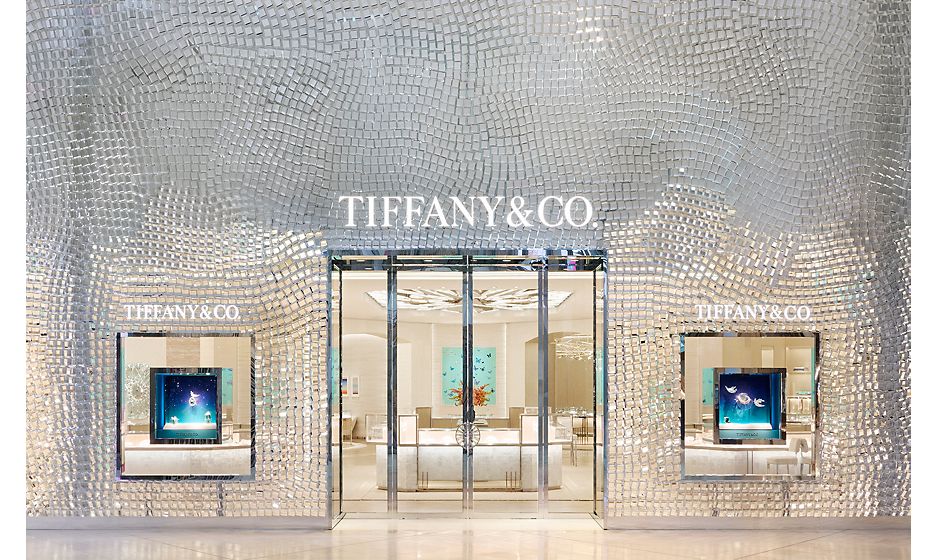
(Photo courtesy of Tiffany & Co.)
Tiffany & Co., established in 1837 and based at 200 Fifth Avenue in New York, holds a prized spot in LVMH’s lineup of iconic brands. With nearly two centuries of setting industry standards, the legendary house has stayed true to its roots while embracing every new possibility.
Tiffany soared into pop culture history thanks to the 1961 award-winning film Breakfast at Tiffany’s—a dreamy blend of old-school Hollywood romance and 1960s glamour, forever linked to Audrey Hepburn’s iconic Holly Golightly.
From the timeless Tiffany Setting to bold icons like T, HardWear, and Knot, Tiffany & Co. has long turned love into wearable art. With 345 stores across the globe and more than 4,000 artisans crafting each detail behind the scenes, Tiffany’s legacy continues to thrive under LVMH’s wing. And nothing embodies that brilliance quite like the 128.54-carat Tiffany Diamond, one of the biggest and finest fancy yellow diamonds on the planet (per Tiffany & Co.).
Fragrance & Cosmetics
Luxury lingers in the air at LVMH, where a diverse collection of high-end fragrance brands rarely misses the mark.
Parfums Christian Dior
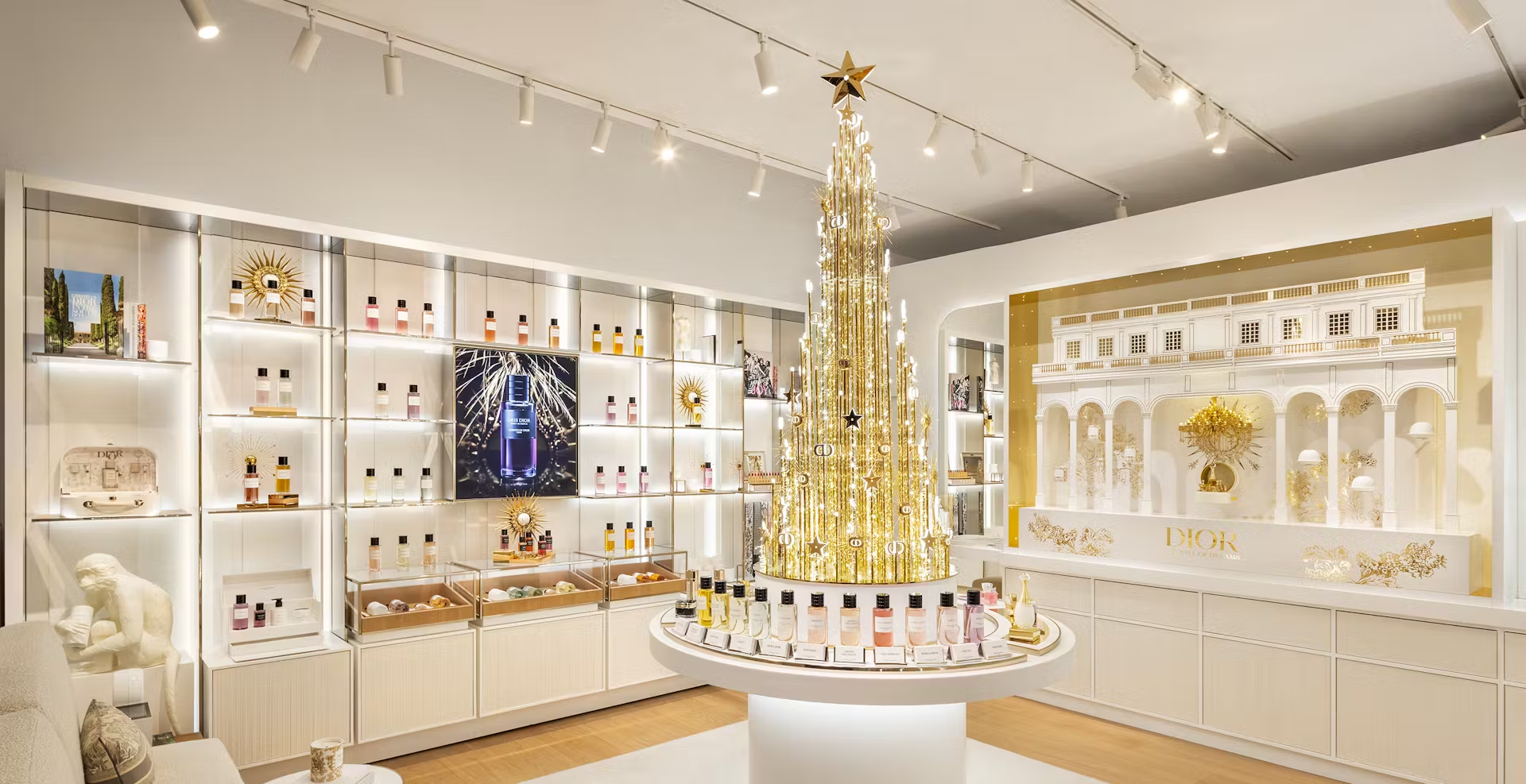
(Photo courtesy of LVMH)
At LVMH, Parfums Christian Dior leads the beauty division with a masterful blend of artistic vision, luxurious design, and groundbreaking innovation. The House of Dior changed women’s fashion forever with the debut of the New Look in 1947 at 30 Avenue Montaigne—an iconic moment that was perfectly paired with the launch of Miss Dior.
This fragrance marked the beginning of Dior’s global beauty empire, which soon expanded with Rouge Dior and iconic cosmetics that raised the bar across the entire industry.
Guerlain
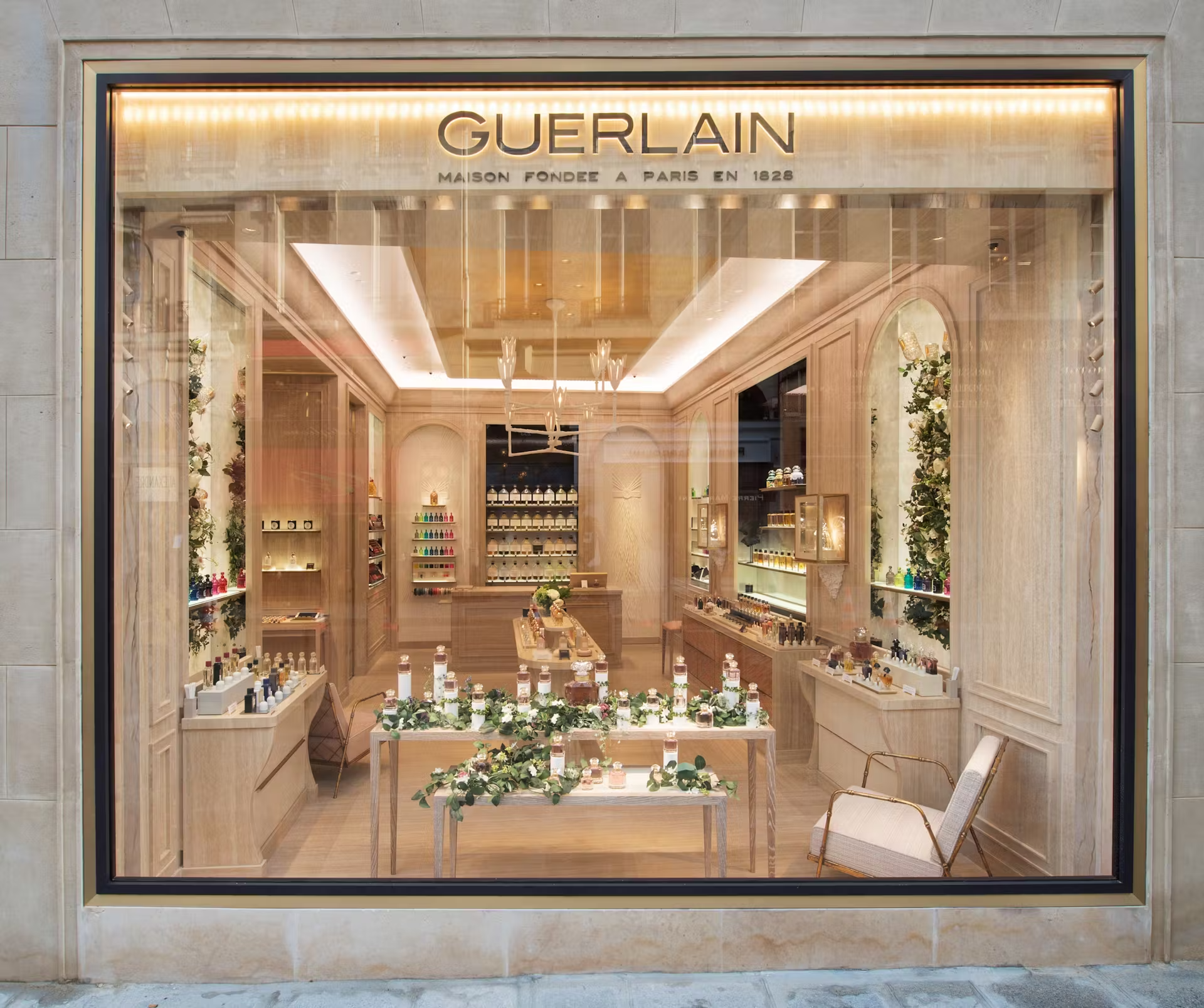
(Photo courtesy of LVMH)
With roots tracing back to 1828, Guerlain is the epitome of timeless French fragrance artistry. Its story began with Pierre-François-Pascal Guerlain, a visionary who opened his first Parisian boutique at 42 rue de Rivoli. It didn’t take long for the address to become a must-visit for the fashionably elite.
Guerlain’s name became truly legendary in 1853, when its founder presented Eau de Cologne Impériale to Empress Eugénie on her wedding day, marking the brand’s official entrance into the royal sphere.
Guerlain’s legendary creations (e.g., the iconic Shalimar perfume and Orchidée Impériale skincare) continue to draw discerning customers who value timeless luxury at its most refined form.
Benefit Cosmetics
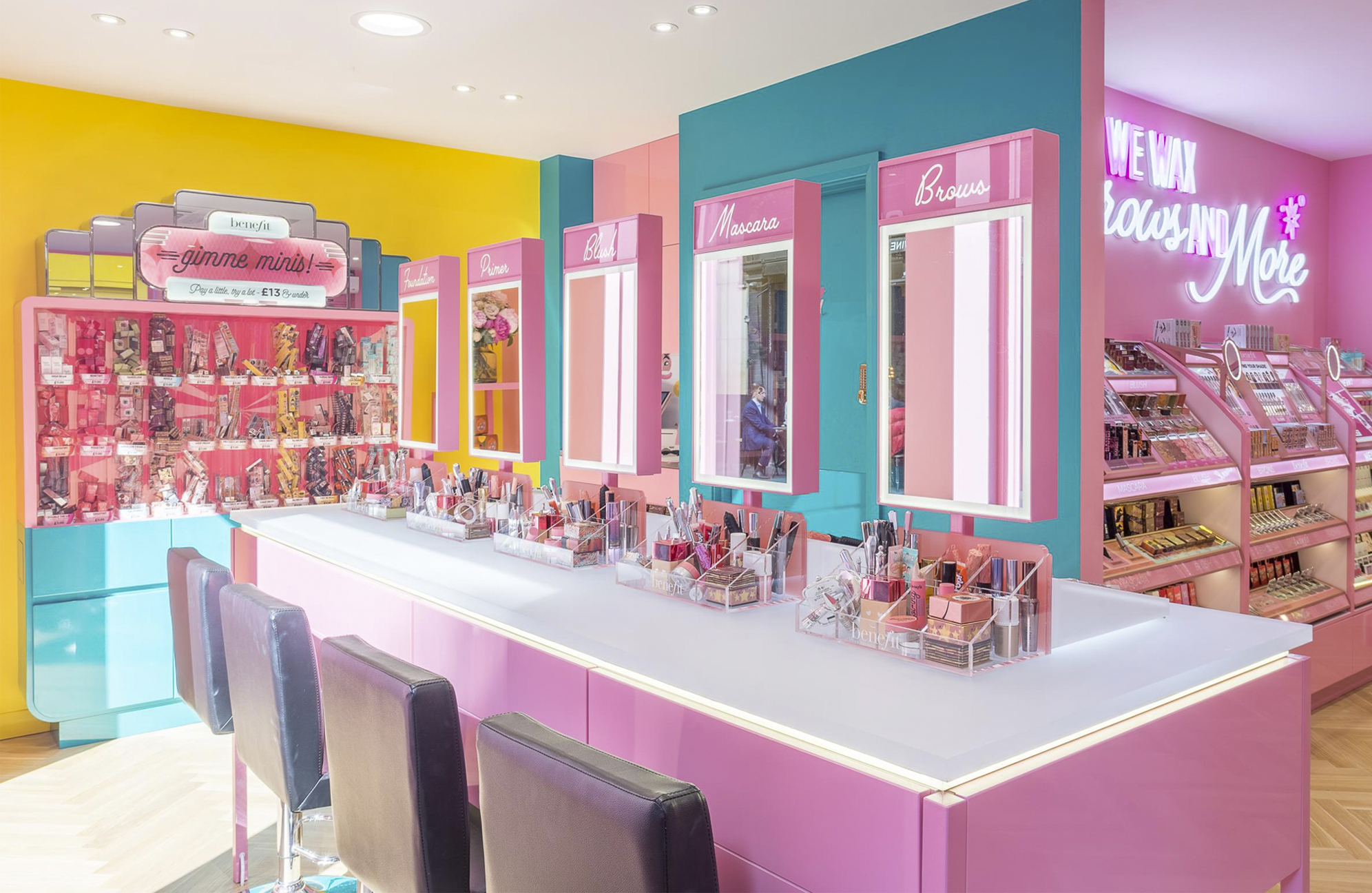
(Photo courtesy of LVMH)
Founded in 1976 by twin sisters Jean and Jane Ford, Benefit Cosmetics began as a cheeky rebellion against traditional beauty standards. It was born in San Francisco with a mission to make beauty fun and personal.
The brand set out to shake up the rules and redefine beauty as fun, fearless, and feel-good—and it delivered. Chances are, you’ve already seen their iconic tint making waves on social media. That rosy lip and cheek stain? It’s been a cult favorite since 1976.
LVMH’s bet on modern beauty was spot on. With trend-driven products and a strong digital-first game, the Group has strongly reignited its relevance among Millennials and Gen Z.
Wines & Spirits: Heritage and Exclusivity in Every Bottle
LVMH’s Wines & Spirits division exemplifies unparalleled luxury in beverage production, boasting centuries-old houses steeped in rich history and exclusivity.
Moët & Chandon
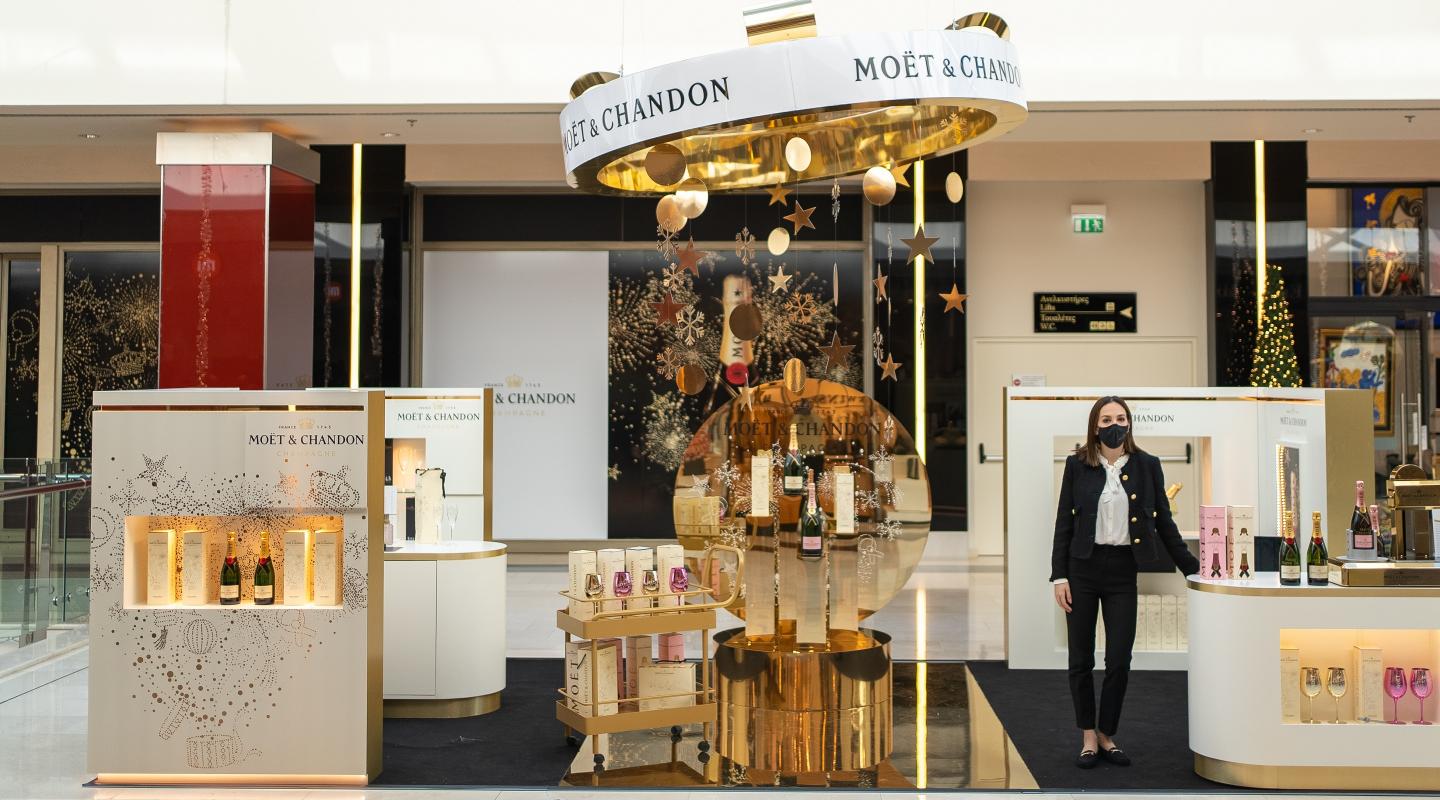
(Photo courtesy of Moët & Chandon)
Moët & Chandon, founded in 1743, is celebrated globally as the definitive symbol of champagne excellence, frequently gracing prestigious celebrations around the globe.
Claude Moët introduced a Champagne that became the toast of Europe, while his grandson Jean-Remy Moët expanded the House into a global powerhouse. Their shared spirit turned a family legacy into a worldwide symbol of excellence and prestige.
Dom Pérignon

(Photo courtesy of The Wine Capital)
Another standout in LVMH’s prestigious wine and spirits portfolio, Dom Pérignon epitomizes luxury and craftsmanship in champagne-making.
In 1668, Dom Pierre Pérignon took on the role of procurator at the Abbey of Hautvillers, dedicating 47 years to his ambitious vision: crafting the “best wine in the world.” More than three centuries later, Maison Dom Pérignon continues to honor that legacy, transforming champagne into a sensory experience that transcends time.
Selective Retailing
Sephora

(Photo courtesy of Miracle Mile Shops)
Sephora’s rise as a beauty authority is no accident. With its extensive selection of high-end products, expert service, interactive store design, and constant reinvention, it has revolutionized what modern beauty retail looks like worldwide.
Founded in 1969 in Limoges, France, and part of the LVMH family since 1997, Sephora has become a cornerstone of the Group’s selective retailing strategy.
With 52,000 team members across 35 markets, the brand connects with a global beauty community through over 3,000 stores, famed flagships, and a dynamic omnichannel presence (including robust e-commerce and digital platforms). Its tightly curated portfolio of nearly 500 brands keeps customers inspired and coming back.
DFS Group
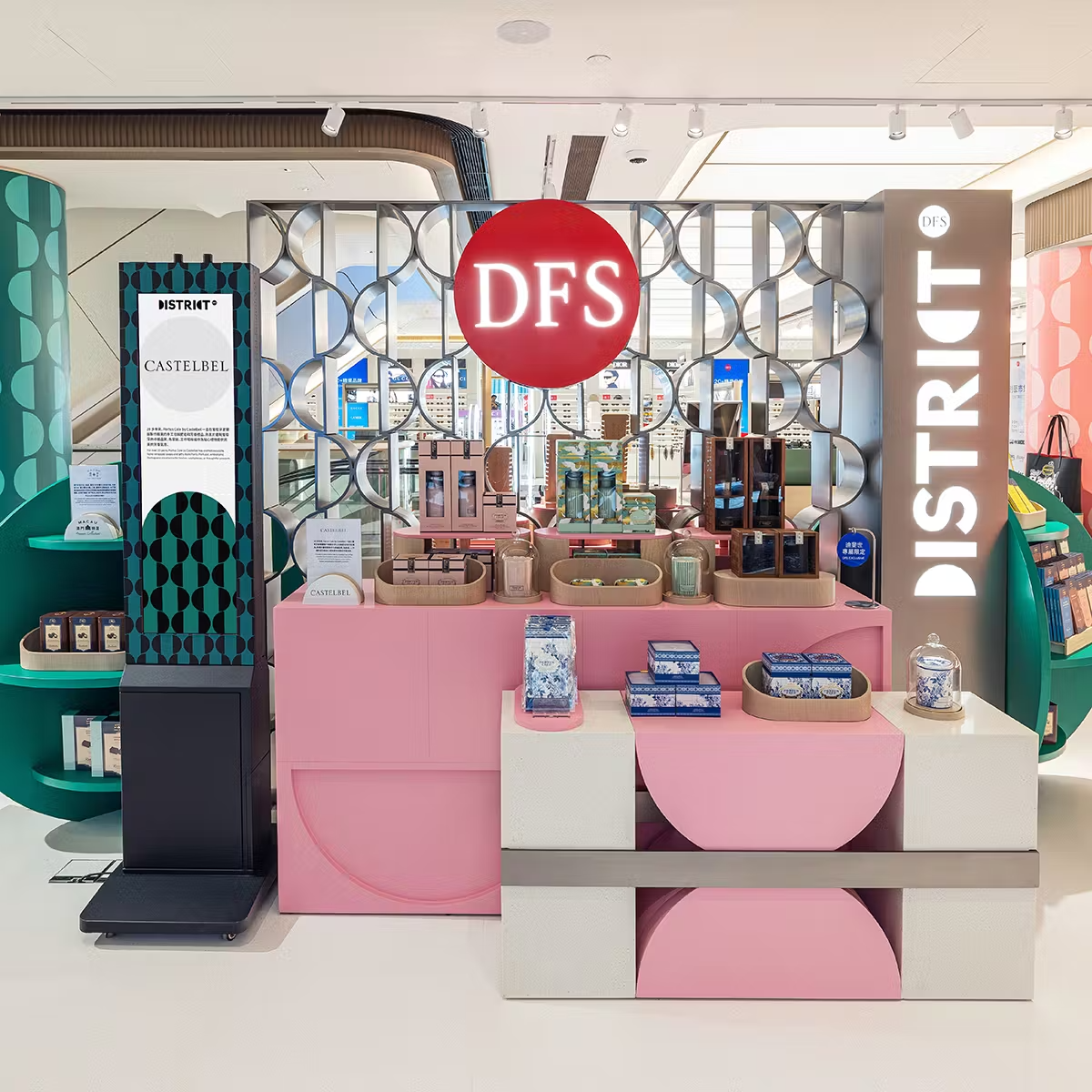
(Photo courtesy of LVMH)
DFS Group, LVMH’s pride in the world of travel retail, has long stood as a benchmark in the industry. It was founded in 1960 by Robert Miller and Charles Feeney, who opened their first airport boutique in Hong Kong and, in doing so, transformed travel retail from a convenience to an experience. Their groundbreaking approach brought luxury, personalization, and style to globetrotters long before it became the norm.
As the leader in luxury travel retail, DFS continues to fulfill its promise of “Your Personal Guide to the World of Luxury,” with a presence in premium locations worldwide—from bustling airports to downtown stores in places like Hong Kong, Macau, and Hawaii.
Other Activities
LVMH’s unstoppable rise led it to explore hospitality and media, bold moves that added even greater dimension to its growing luxury empire.
Hospitality
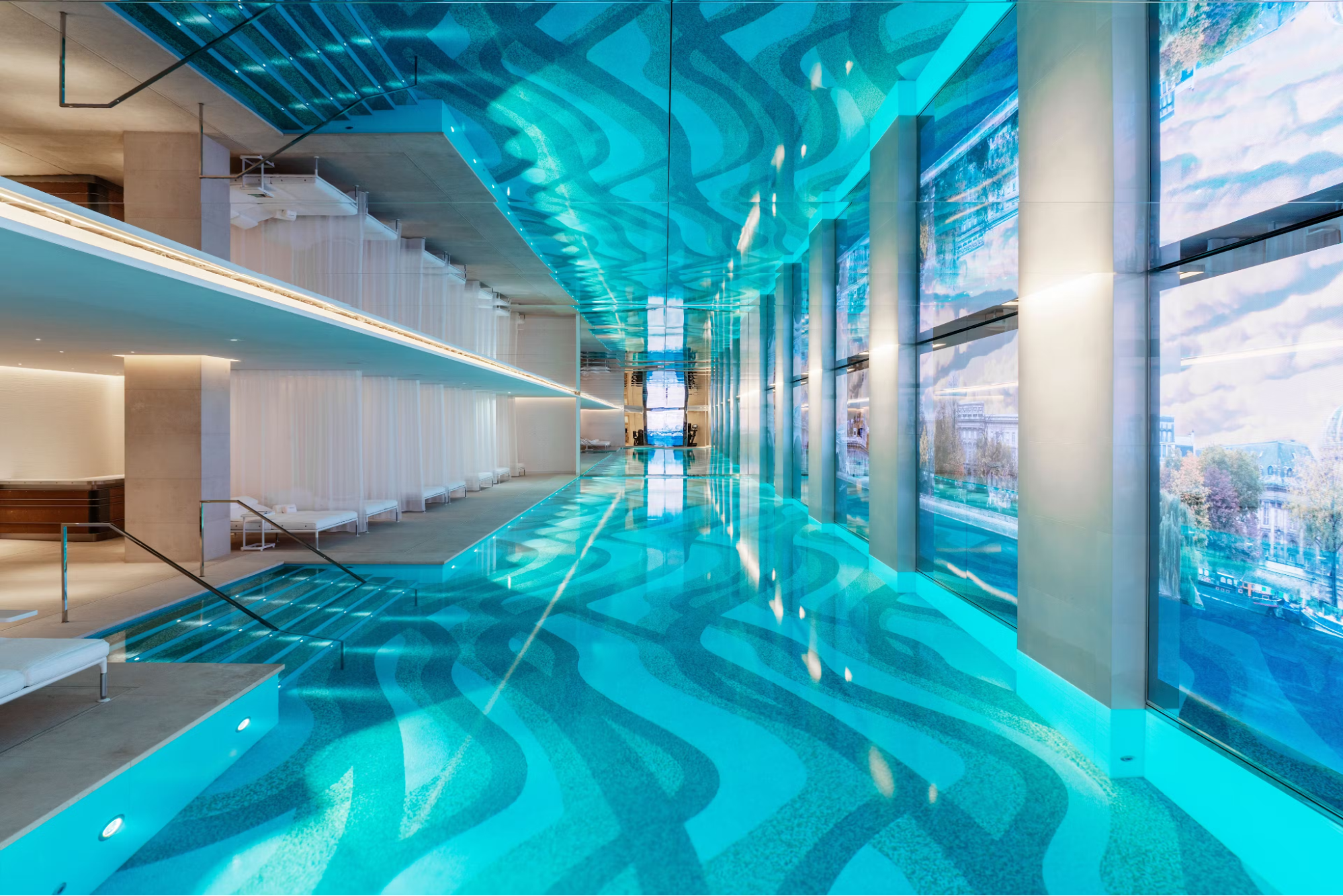
(Photo courtesy of LVMH)
Further expanding its luxury portfolio, LVMH also owns Cheval Blanc—its exclusive hospitality arm. Since 2006, Cheval Blanc Maisons have been redefining high-end travel through a harmonious blend of heritage and modernity, bold design and local artistry.
From exquisite dining and bespoke events to signature scents and tailored Cheval Blanc Spa treatments, every detail reflects the company’s dedication to excellence, as well as LVMH’s ongoing pursuit of truly exceptional brands.
Media
As the Parisian Group continues to expand, LVMH has extended its reach into media, acquiring major French outlets like Les Échos and Le Parisien.
If anything, it’s proof that it isn’t afraid to explore new territory, and its track record shows it knows exactly how to make calculated investments pay off.
How LVMH Unites Diverse Brands Without Diluting Identity
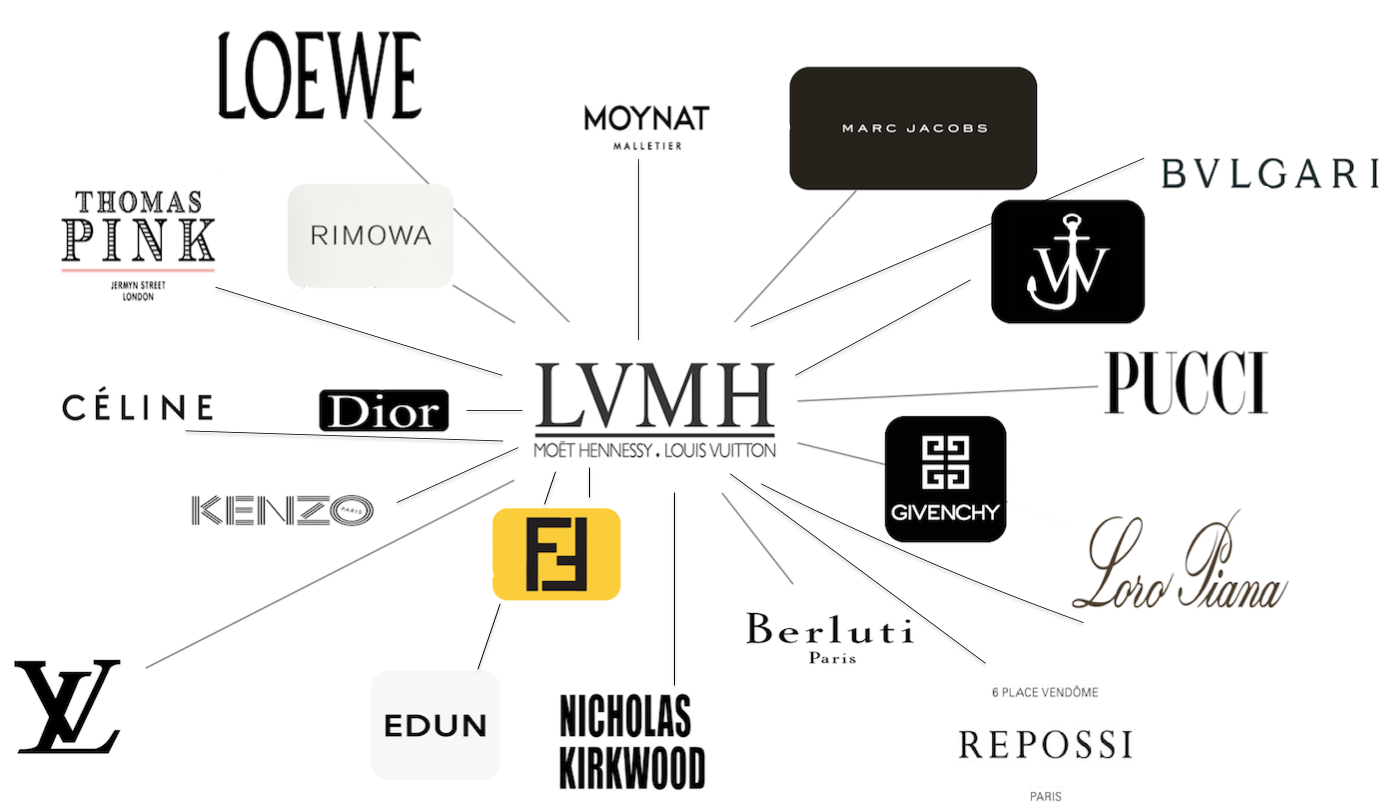
(Photo courtesy of The Fashion Law)
Despite the individuality of its many Maisons, LVMH is bound by a single strategic DNA—one defined by exclusivity, authenticity, and bold innovation. Each brand thrives within this framework, drawing on the Group’s global capabilities while retaining full creative freedom and honoring its own legacy.
LVMH’s ability to curate a vast yet refined portfolio allows it to lead with confidence. A simple look at the scale and momentum of the Group’s success, and it’s clear it is getting a lot right on the business front.
Rolex Out, LVMH In
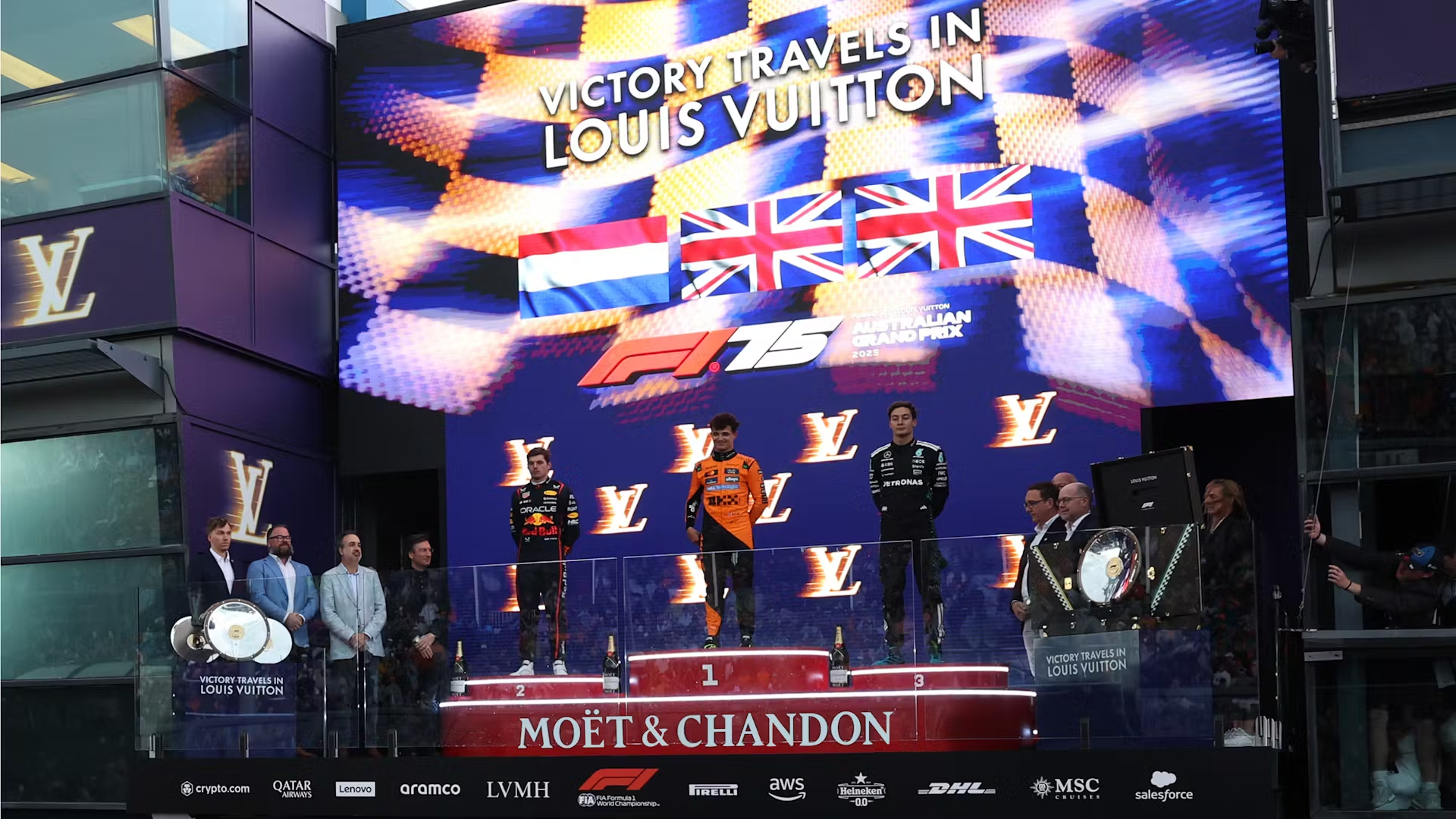
(Photo courtesy of LVMH)
LVMH made headlines in 2024 with a 10-year global sponsorship agreement with Formula One, stepping in to replace Rolex, the iconic watchmaker whose sponsorship with Formula One dates back to 2013 (per Euro News).
Valued at an estimated $1 billion (€0.91 billion), the decade-long deal marked a major strategic pivot for Formula One just ahead of its 75th anniversary.
Standout LVMH brands like Moët Hennessy, Louis Vuitton, and TAG Heuer will take center stage at races worldwide, boosting both their cultural visibility and their prestige on a global scale.
“The people, the quest for excellence and the passion for innovation are at the heart of the activity of our maisons and Formula One. In motorsport, as in fashion, watchmaking or wines and spirits, every detail counts on the path to success,” stated LVMH CEO and chairman Bernard Arnault.
“Both in our workshops and on circuits around the world, it is this incessant search to break boundaries that inspires our vision, and this is the meaning that we want to bring to this great and unique partnership between Formula One and our group.”
By stepping into Formula One, LVMH reinforces its mission to stay at the forefront of luxury, syncing seamlessly with the sport’s high-profile image and elite global audience.

(Photo courtesy of LVMH)
Lefty reported that Formula 1 ranked as the second fastest-growing sport in Earned Media Value (EMV) in 2023, with a 34% year-over-year increase in 2023 compared to 2022. F1 drivers also lead in digital engagement, averaging an impressive 6.2% engagement rate.
For LVMH, venturing into major sports sponsorships isn't new territory—its track record includes prominent collaborations with the NFL, the FIFA World Cup, and more recently, the Paris Olympic and Paralympic Games.
Moreover, LVMH has long aligned itself with elite athletes, partnering with global icons like Cristiano Ronaldo, Lionel Messi, Rafael Nadal, and Roger Federer, while also supporting inspiring Paralympians, including Pauline Déroulède, Marie Patouillet, and Timothée Adolphe.
The Resale Market Is Reshaping the LVMH Story
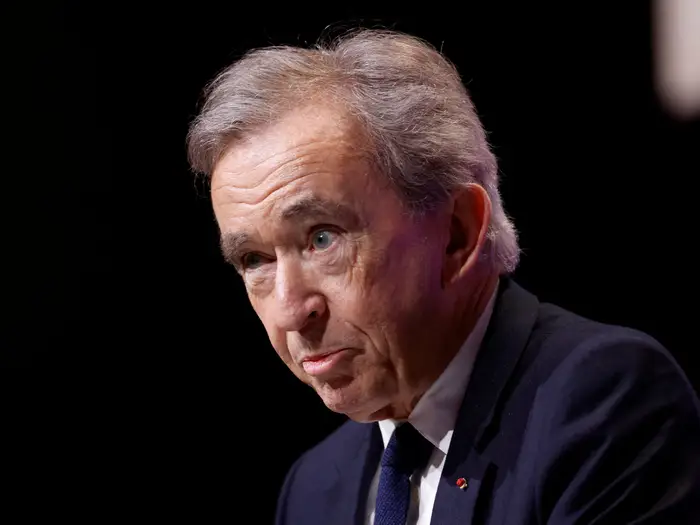
(Photo courtesy of Business Insider)
LVMH may sit at the top of the luxury pyramid, where high price often equals high prestige, but the modern consumer is adding a plot twist.
The booming resale market is redefining what luxury means to today’s shoppers, with watches, jewelry, and handbags gaining renewed life through secondhand platforms like ZenLuxe. The appetite for pre-loved luxury has never been stronger. In fact, the global market for pre-owned luxury goods was valued at €43 billion in 2022, double what it was in 2017 (per Vogue).
Within the fast-growing resale economy, watches lead the way with an estimated €25–27 billion in value, while jewelry follows with a solid €11 billion. LVMH’s brightest stars in these categories (like Bulgari and Tiffany & Co.) are thriving in the secondhand space, where demand for legendary craftsmanship only grows with time.
One major draw of the resale market is accessibility; luxury items that were once out of reach suddenly become more attainable. Alongside more wallet-friendly pricing, secondhand platforms offer a broader range of styles, rare editions, and vintage pieces that aren’t available in stores. Coupled with rising awareness around sustainability, this shift in consumer behavior shows no signs of slowing.
ZenLuxe is one of the top destinations for anyone looking to access more luxury for less. With a wide selection from the world’s most prestigious fashion houses under LVMH’s wing (and more), it offers a chance to score those authentic pieces you’ve been eyeing, but without the full-price sting.
Expect a smooth ride from shopping to delivery. ZenLuxe handles everything with care, offering fast, hassle-free shipping that gets your luxury find to your door, elegantly packed and ready for that satisfying unboxing moment!
About The Writer
Meet Mariam — a fashion writer who lives and breathes all things vogue and glamour. For her, the most therapeutic aspect of fashion goes beyond simply shopping for the latest styles that appear in stores; it’s fully experiencing this glamorous world from the little details to the big moments (there's nothing quite like the thrill of flipping through a sleek fashion magazine, is there?).

